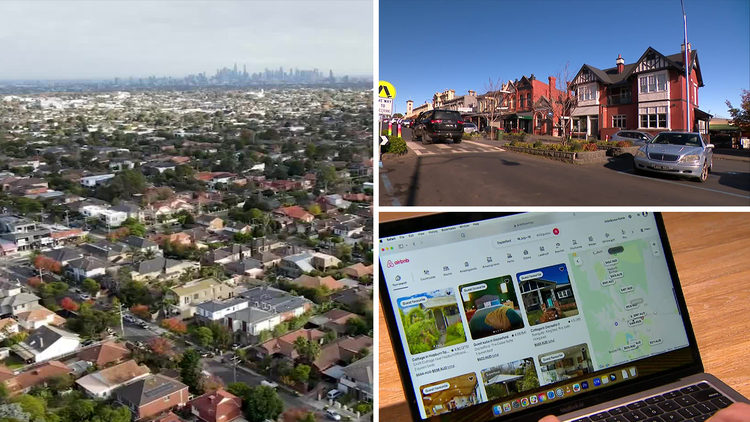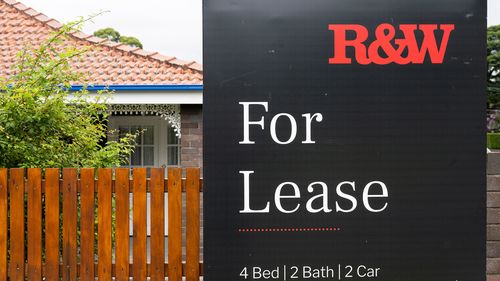
According to the latest Rent Pain Index from real estate analysts Suburbtrends, the proportion of suburbs across the nation in extreme pain rose from 72.25 per cent in June to 72.90 per cent this month.
That was driven by increases in Queensland (up from 80.98 per cent of the state to 81.22 per cent) and South Australia (79.85 to 80.15 per cent).

The report called for "targeted interventions to address affordability issues", noting that unaffordable rents have a negative effect across the entire economy.
"The impact of high rents on household budgets is profound," Suburbtrends founder and managing director Kent Lardner said.
"Many families are forced to allocate a substantial portion of their income to housing, leaving little room for other essential expenses.
"It is crucial for policymakers to focus on reducing rental costs to sustainable levels."
Few governments have introduced policies to reduce rental costs in the short term, instead largely focusing on the national goal of building 1.2 million homes in the next five years to increase supply and gradually ease housing prices.
The federal government did increase Commonwealth Rent Assistance in May's budget, while the ACT remains the only jurisdiction that places some kind of a limit on rent increases: landlords there must apply for special permission to raise prices by more than 10 per cent of rental inflation.
According to the report, the ACT is the only state or territory in Australia where rents dropped over the past 12 months, albeit by a slight 0.14 per cent.
While the overall rental picture remains one of unaffordable housing, there were some slim glimmers of hope in this month's report.

The number of suburbs in New South Wales, Victoria, Western Australia and particularly Tasmania in extreme rental pain all dropped, while vacancy rates recorded surprise increases in suburbs like Marrickville, in Sydney's Inner West, as well as inner Melbourne and Sydney.
But Lardner said those early signs of easing pressure shouldn't obscure the fact the rental market remains stacked against tenants.
"The slight improvements in states like Tasmania are promising, but we cannot overlook the fact that high rents are still a burden for many households," he said.
"Stabilising rents is not enough; we need to see rents falling below 30 per cent of household income to ensure long-term affordability."




